
The Latécoère 23 was a development of the Latécoère 21 flying boat, a twin-engined parasol winged aircraft. Only one was built, flying and crashing in late 1927. The similar Latécoère 32 was its immediate successor.
The Beardmore Wee Bee was a single-engined monoplane built only once and specifically for the Lympne two-seat light aircraft trials held in the United Kingdom in 1924. This plane won the major prize.
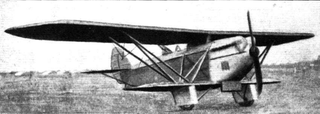
The Descamps 17 A.2 was a two-seat reconnaissance fighter built under a French government programme of 1923. Two versions, with different engines, were tested and six examples were built under licence by Caudron as the Caudron C.17 A.2.

The NAS Air King was a US light biplane transport aircraft designed in 1926 to carry three passengers in two open cockpits. Only one was built but in 1928 it was revised to carry two passengers and was more successful, with over twenty produced.
The Brown 1926 parasol monoplane was a 1920s US, three seat, parasol wing civil aircraft developed from a biplane wartime scout. It was intended for either the private or commercial passenger markets, though one was used as a crop-duster.

The 1927 Kirkham-Wiliams X or Kirkham-Williams Racer was designed as a private US contender for the 1927 Schneider Trophy. Though it flew just before the contest, it was still under development and was withdrawn. Soon after it was modified into a landplane, seeking to set a new speed record. Some high speed flights were made but no official record was set.
The Stiles Dragon Fly was an American two seat monoplane aircraft of the late 1920s. It was aimed at private and club owners. Significant production was planned but few were built.

The Miami Maid was a US three passenger amphibian first flown in 1929. Despite ambitious production plans, only two were built.

The 1929 Curtiss Model 53 Condor, also known as the Curtiss Model 53 Condor 18 or the Curtiss CO Condor, was a civil passenger version of the Model 52 Condor bomber. A twin-engined biplane, it carried 18 passengers.
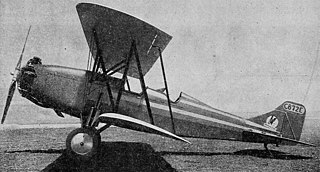
The American Eagle Phaeton was an American three seat, single engine sports biplane produced from 1929 until American Eagle failed financially in 1932. About 34 were built.

The Southern Air Boss was a 1920s U.S. biplane trainer aircraft. One prototype was built and by 1929 a new factory was ready for its production but this did not follow.

The McMullen Mac Airliner was a late 1920s American light airliner powered by a Liberty L-12 V-12 engine of World War I origin. The sole prototype was destroyed in a hangar fire.
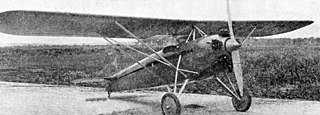
The Inland Sport series of parasol wing, sport and training side-by-side two seaters, introduced between 1928 and 1930, differed chiefly in their engines. They used three different radial engines, more than doubling the Sport's power over two years of development. 34 examples were built and frequently re-engined.

The Wallace Touroplane was a late 1920s U.S. three seat, high wing cabin monoplane. About 20 were built.
The Hodkinson HT-1 was a U.S., eight place, three-engined sesquiplane, first flown in 1929. Despite an order for five, only one had been completed before Hodkinson Aircraft went bankrupt near the start of the Great Depression. It operated in Guatemala for several years.

The Ireland Privateer was an American, 1930s, two-seat, single pusher-engined sports flying boat which could be equipped as an amphibian. About 18 were built.

The Ireland Neptune was a four or five place pusher configuration biplane sold in flying boat and amphibian versions. Designed in the U.S. and first flown in 1927, well over 50 were built.

The Lincoln AP was a U.S., single engine, high wing, general purpose civil cabin aircraft first flown in 1930. Only four were built.
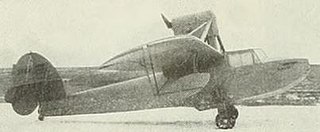
The Argonaut Pirate was a 1930s, U.S., three place, single-engined pusher configuration amphibious aircraft. Only two were built.
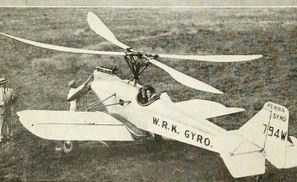
The Wilford Gyroplane was based on a German autogyro first flown in 1926. After E. Burke Wilford bought the rights and patents, it was developed in the US until 1936.


















